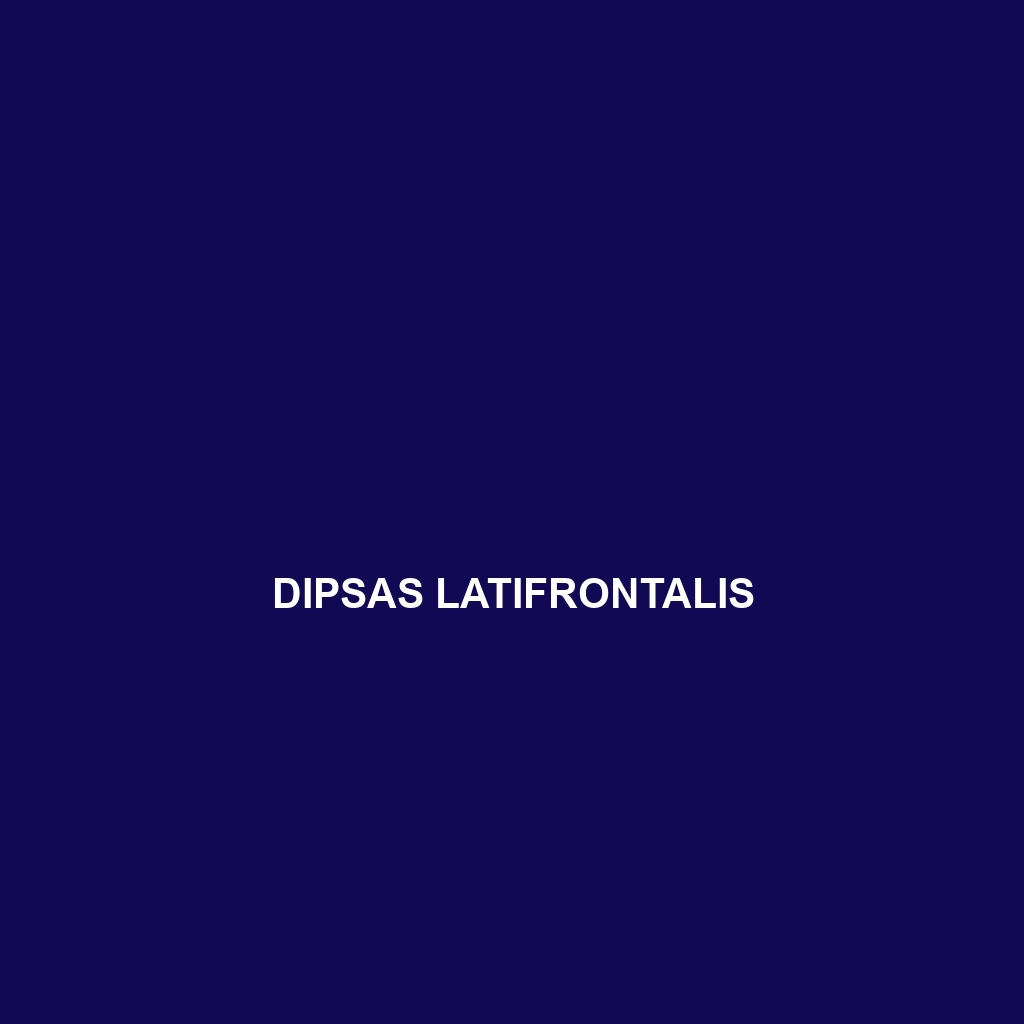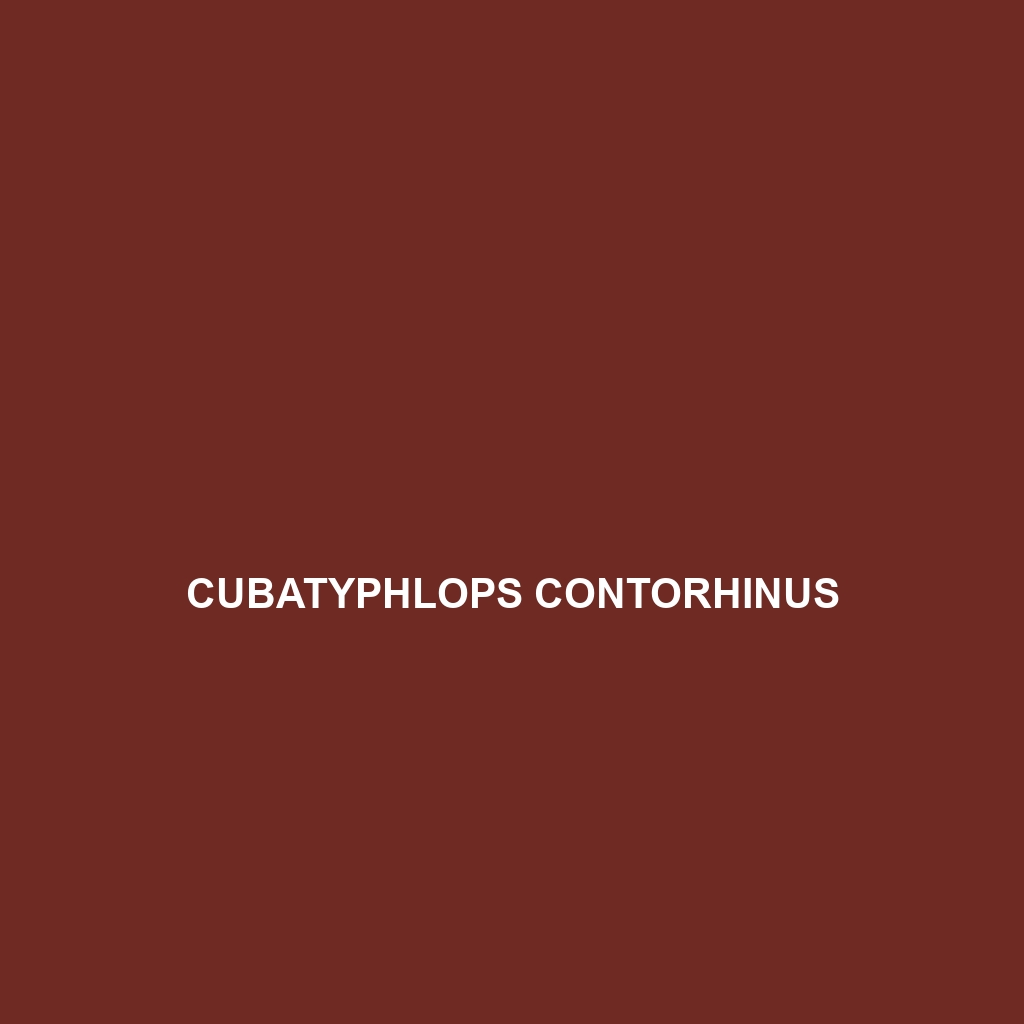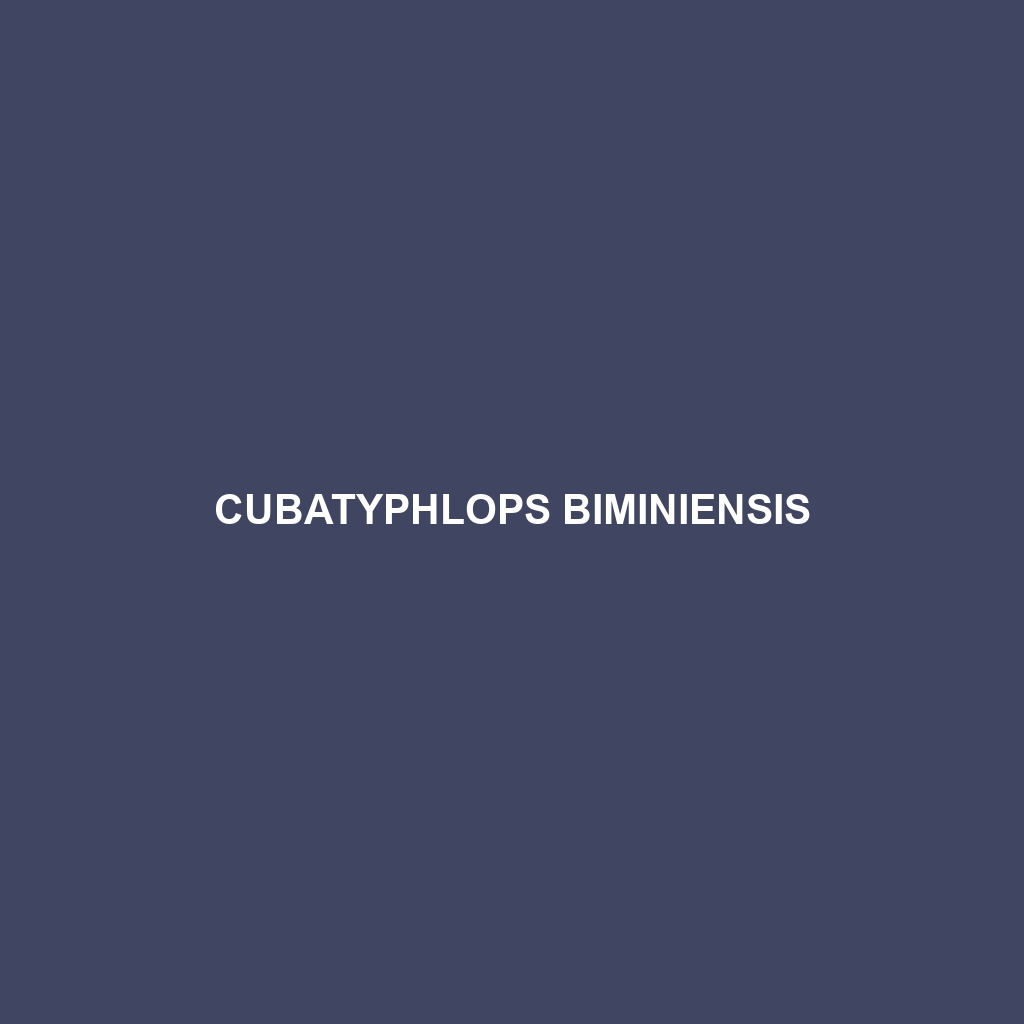Dipsas klebbai, a medium-sized, non-venomous snake native to the Amazon rainforest, known for its striking olive and brown coloration, nocturnal hunting behavior, and vital role in regulating local ecosystems. Classified as "Vulnerable," this species faces threats from habitat loss but exhibits fascinating defensive adaptations, including mimicry of toxic species.
Tag: serpent ecology
Cubatyphlops caymanensis
Discover the Cubatyphlops caymanensis, an endangered blunt-headed snake native to the Cayman Islands, thriving in humid limestone caves and feeding on small invertebrates. This nocturnal species, measuring 10 to 15 inches, showcases unique adaptations for underground life, including reduced eyesight and a heightened sense of smell.
Cubatyphlops biminiensis
Cubatyphlops biminiensis, commonly known as the Bimini blind snake, is a fossorial species found primarily in the Caribbean, particularly the Bahamas. This vulnerable serpent, reaching lengths of 30 to 45 cm, is characterized by its smooth, cylindrical body, secretive behavior, and diet primarily consisting of small invertebrates, playing a vital role in natural pest control and soil aeration.


